For many decades, the pear has been considered one of the most popular fruit trees. It always has juicy and sweet fruits that can be used to make jam, compote, jam and even dried fruits. In order to receive a high-quality crop annually, it is necessary to carry out planned pruning of pears in the fall according to the scheme. Due to the fact that this is a photophilous culture, the gardener should not allow thickening of the crown.
Content
Features of the procedure
Some varieties of pears are characterized by rather slow growth, but the crown still needs a professional formation. Such a procedure should be regular, regardless of the age of the tree. Beginners need to remember that The pruning technique is influenced by several key factors:
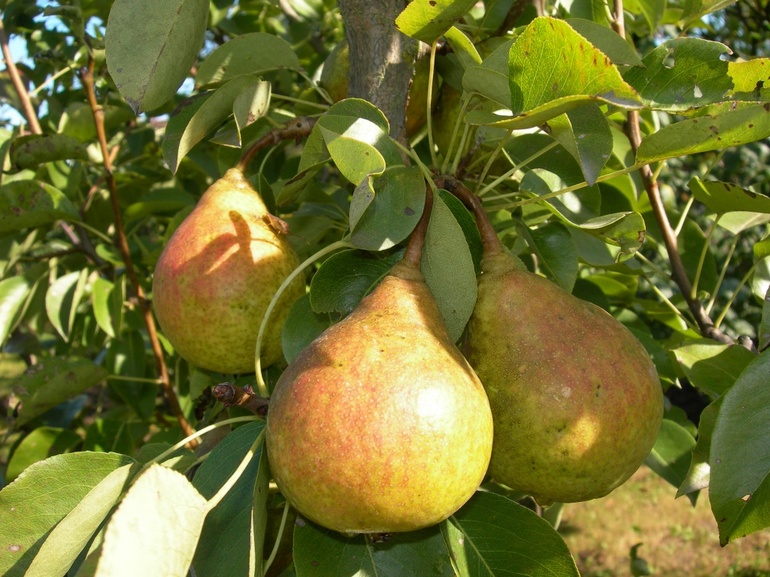
- tree age;
- crown overgrowth intensity;
- pear variety;
- type of cropping.
If you do not conduct timely processing of the tree, then sprouted shoots will gradually deplete the immunity of the plant, which will lead to a decrease in yield. Autumn pear pruning according to the scheme begins at the end of summer and lasts until mid-September. Do not get involved in pruning branches, as everything should be in moderation. If the novice gardener cut off too many shoots, the tree may not cope with severe frosts.
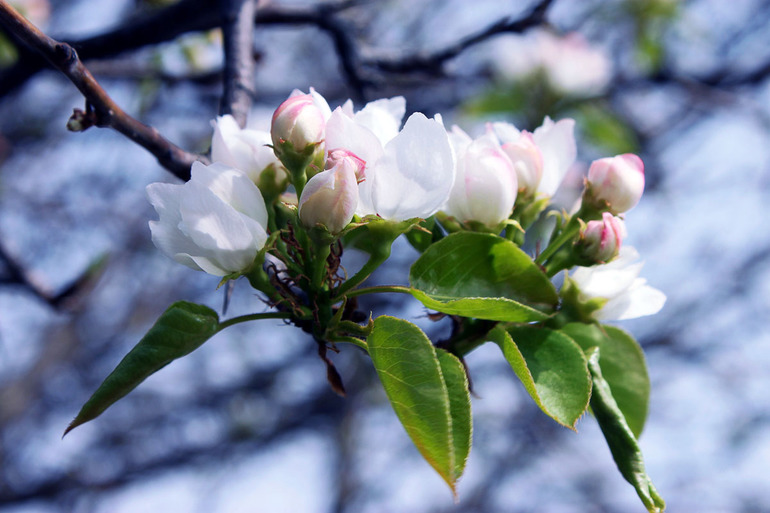
The gardener should not miss the timing of pruning, as the tree must have time to adapt to changes and upcoming frosts. Opinions about cutting methods among experts today differ. Some believe that the amount of yield increases significantly if the extra shoots were cut off in spring, since there are no risks of a sudden cold snap or frost. Others, on the contrary, prefer winter pruning, believing that the pear is at rest, and nothing will harm it.
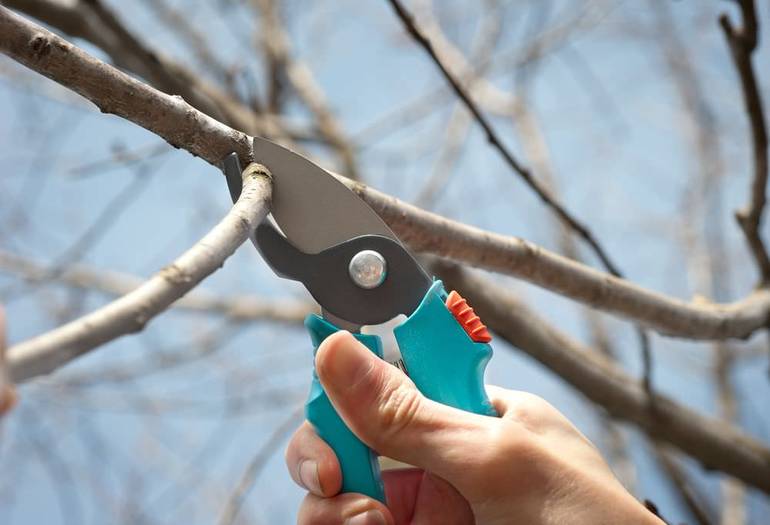
But, as practice shows, in cold weather it is strictly forbidden to conduct cardinal manipulations with a delicate pear. But the autumn formation of the crown allows you to prepare the pear for the upcoming cold weather and does not allow it to die.
Common Crop Types
If the branches of the pear are shortened in the fall, then the gardener can safely use several techniques that are aimed at forming the correct crown. The main thing is to prepare well sharpened tools in advance. Depending on your goals, pruning methods may be as follows:

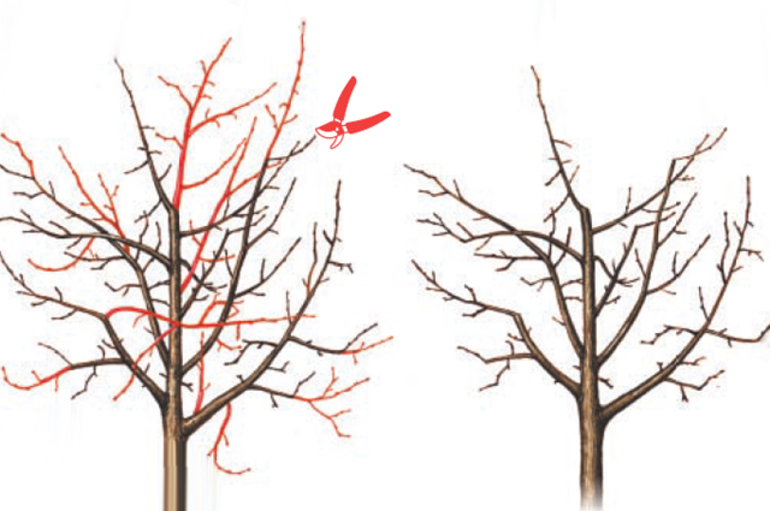
- Thinning. In this case, the master must remove all those shoots that are located on the mother branch or base. The procedure is aimed at letting more sunlight into the crown. As a result, shoots will grow better, there will be much more foliage, productivity will increase, and tree immunity will also increase.
- Shortening. If the branches grow vertically, and they need to be extended, this procedure will become simply irreplaceable. This approach activates horizontal branching. Despite the fact that the number of fruits will slightly decrease, their quality and size will increase significantly.
- Support. This pruning option is especially relevant for those trees that have already begun to yield crops.The purpose of the procedure is to properly distribute nutrients throughout the pear and stabilize its bearing.
- Formation. This pruning option is aimed at creating the necessary shape and ensuring the active growth of fruiting branches. You can start the procedure immediately after planting a tree, it is necessary to repeat the forming manipulations for five years. Before starting fruiting, you need to remove the smallest processes.
Necessary tools
Correctly cut the pear in the fall according to the scheme is possible only with special tools. They are freely sold in specialized stores. For work you need:
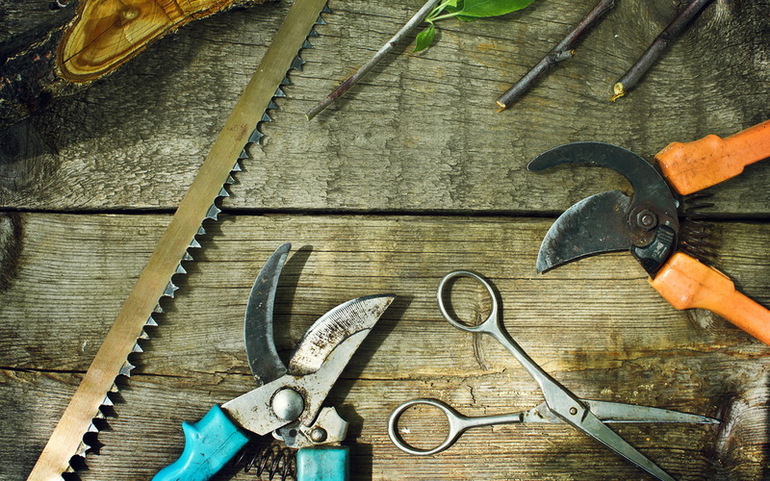
- Powerful delimbers. In terms of functionality, this tool is similar to a regular secateurs, but has longer handles, making it much easier for a gardener to reach the highest branches.
- Secateurs. Designed for high-quality pruning of medium and thin shoots (up to 3 cm in diameter). This tool can also be used to remove dry knots, as well as young shoots.
- Well sharpened knife. Without it, it is impossible to properly cut the shoots and clean the wounds on the tree.
- Garden Saw. Designed for branches with a larger diameter (from 3 cm and more).
- Garden var and oil paint - used for processing of places of cuts.
Scheme for beginners
At the first stage, the tip is always cut off. If you immediately remove the lower branches, then the entire growth of the pear will go up. Before proceeding with the procedure, the gardener should imagine what the tree will look like (in the form of a bowl or with a sparse-tier crown). Pear pruning is easy for beginners in the fall, as the basic technique is similar to the procedure apple processing. There are many types of crown formation:
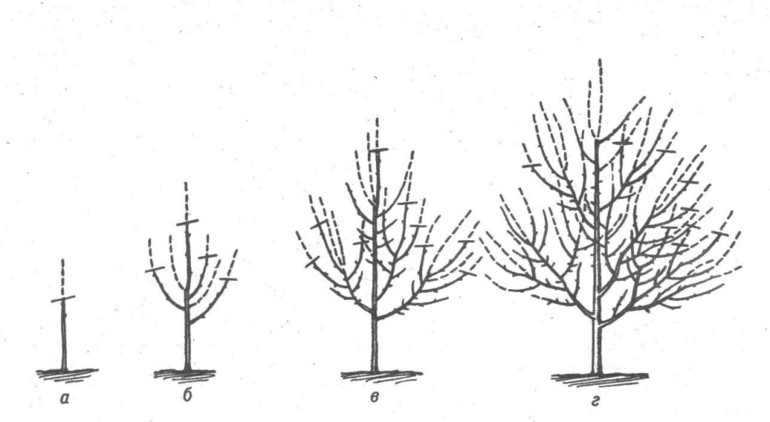
- Pyramidal.
- Longline.
- Spindle-shaped.
- Sparse-tiered.
- Cup-shaped.
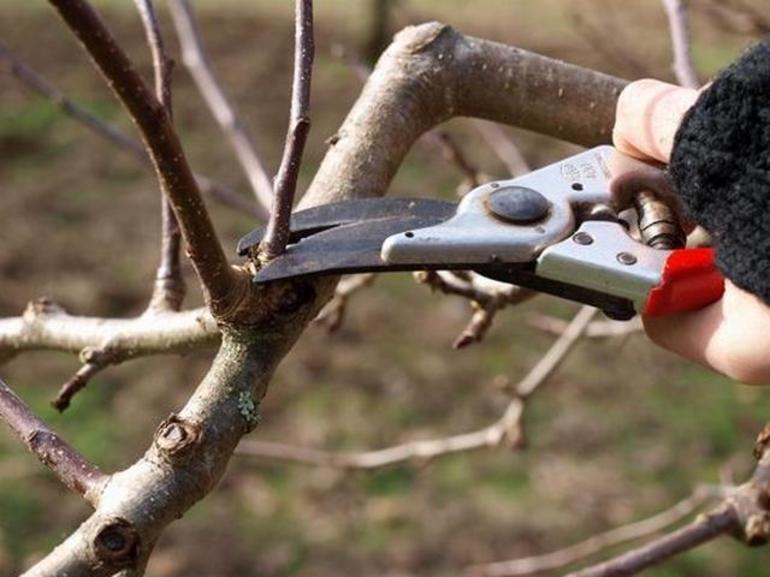 You may be interested in:
You may be interested in:The scheme for correct pear pruning in the fall for beginners is as follows:

- Carefully remove no more than 1/3 of the crown. The ideal option is when the shape is flat-round, low and wide. The principle of subordination of branches is mandatory. If you need to form a sparse-tier crown, you need to leave the central conductor, and shorten all the rest.
- In the upper tier you can not lay more branches than in the lower part. Ideally, the shoots should fill all the free space between the branches of the previous tier.
- When the young pear has grown to the desired height, the central conductor is greatly shortened (by 3 buds). The very next year, the plant will not grow so much up. Then it again needs to be shortened by 2 kidneys so that the height always remains the same.
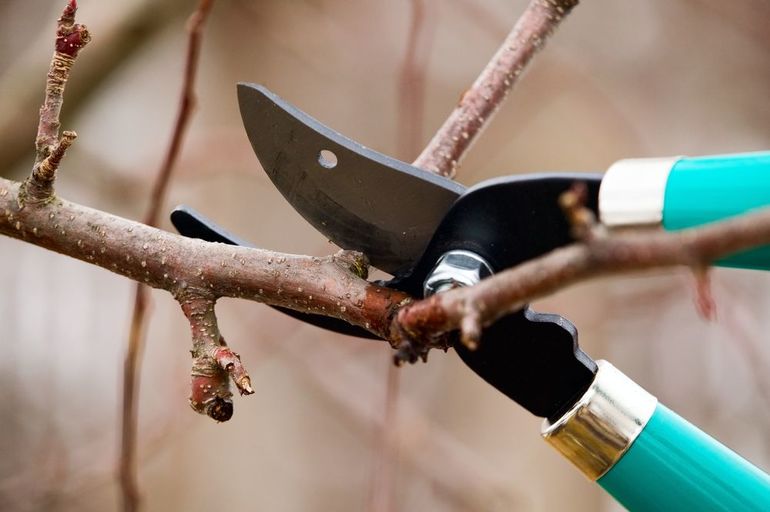 You may be interested in:
You may be interested in:Step-by-step instruction
Professional gardeners with many years of experience have developed a detailed guide for beginners. Thereby each garden owner will be able to independently cut branches.
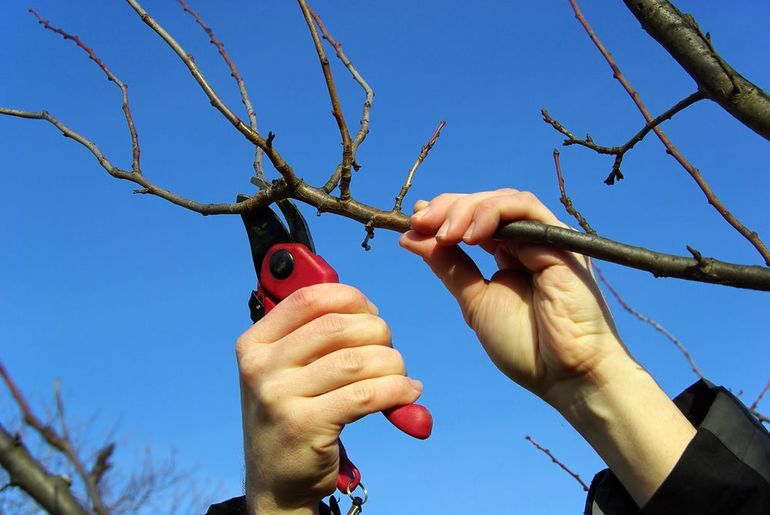

- Removing diseased branches and dried shoots. This stage is considered basic, since any manipulations with the tree are impossible until all problem areas have been removed. Only because of this can the risk of accidentally breaking healthy branches be completely eliminated. If the escape was pest affected, then cropping must begin from the most problematic place. Dry wood is quite easy to distinguish from living wood: during spring and summer leaves and fruits do not appear on it.
- Removing all basal shoots. Both spring and autumn are excellent for this procedure. Do not worry, since these shoots have nothing to do with the fruit crown, but are an extension of the root system. If they have not yet managed to wood, then they can simply be broken at the base. Otherwise, you can use a sharp secateurs or a shovel. If the shoots become very massive, then it is best to get rid of them in late autumn, when it is cold outside, since at this time various insects and larvae settle on the plant for further wintering.
- Trimming of thick tops, which almost always grow in the vertical direction. You can observe them at a distance of 2 meters from the trunk, at the base of large branches. They do not produce fruit, but many forces are taken away from a tree. You need to cut them as close to the growth point as possible.
- Pruning annual growth on the kidney. This procedure is crucial for a good harvest. Cut the shoots to a quarter of the original length. A few healthy buds are left on the annual shoots so that they can develop next spring.
Colon-shaped pear formation
In this case, beginners should be especially careful, since the basic cropping scheme differs significantly from the traditional method. The thing is that this variety cannot boast of a highly branched crown. To keep it neat and the tree to bear many fruits, The following rules must be followed:
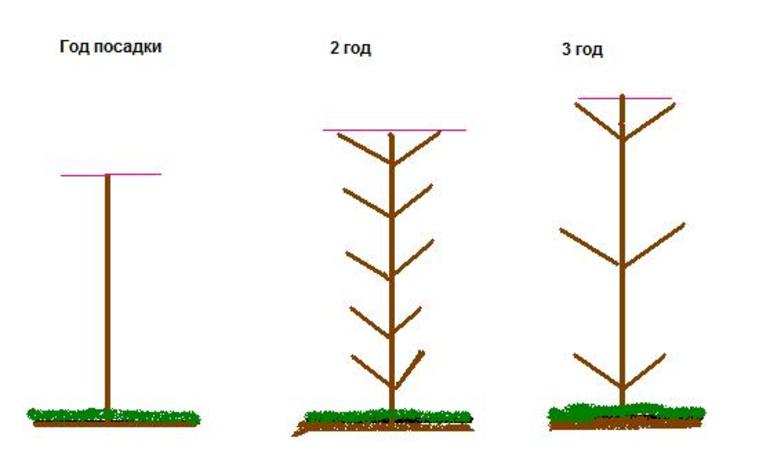
- The central stem-column (conductor) is shortened for the first time no earlier than five years after planting a seedling in open ground. If the gardener properly cares for the tree, then in a year it will grow by 15-18 cm.
- If the topmost kidney has been damaged, and several new shoots have already formed on the pear, then one of them must be cut off under the ring, leaving only the healthiest.
- Proper maintenance of the colonus tree is based on thinning the side branches. Removing is only weakened, damaged and dry twigs. In addition, thinning is extremely important in cases where the quantity and quality of ripened fruits have significantly decreased.
Useful tips from experts
Pruning patterns for young and old trees are significantly different. During planting seedlings always subjected to certain stress, the root system may suffer, due to which the tree will grow poorly. A young pear spends a lot of effort on forming a crown and restoring the root system. If you cut the branches immediately after planting, this will help the seedling to take root faster and grow roots. Due to this, the tree will receive much more useful substances, which are extremely important for the normal growth of fruiting branches and fruit growth.

Shaping a pear is best in early spring or early fall.When the tree reaches four years of age, the gardener can safely proceed to the formation of the second tier of skeletal branches. With each subsequent year, there will be fewer young shoots, which is why pruning should be selective. You need to be especially careful with fruiting branches, since they can not be touched.
A perennial tree cannot give a good harvest without high-quality rejuvenation. The procedure is based on cutting down an old branch, which has already ceased to bear fruit. As a result, the crown is thinned out, ventilation is improved, and the growth of new branches is also stimulated. The rejuvenating procedure is preferably carried out in winter, as well as in early spring. It is very important to be in time before the active movement of juice begins. The ambient temperature should be within 0 ° C.

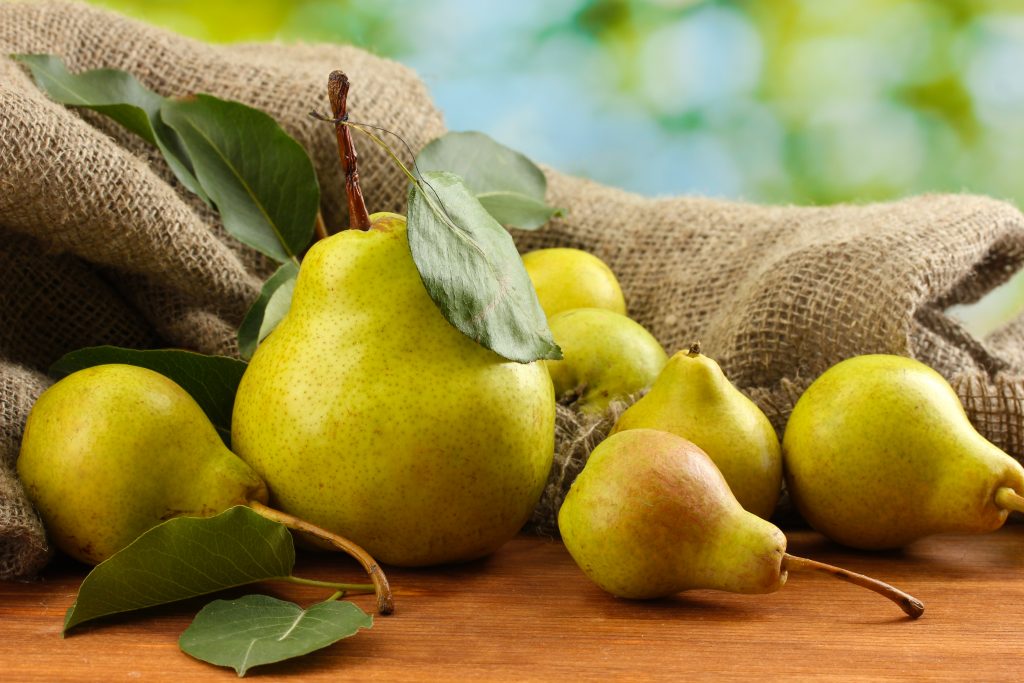
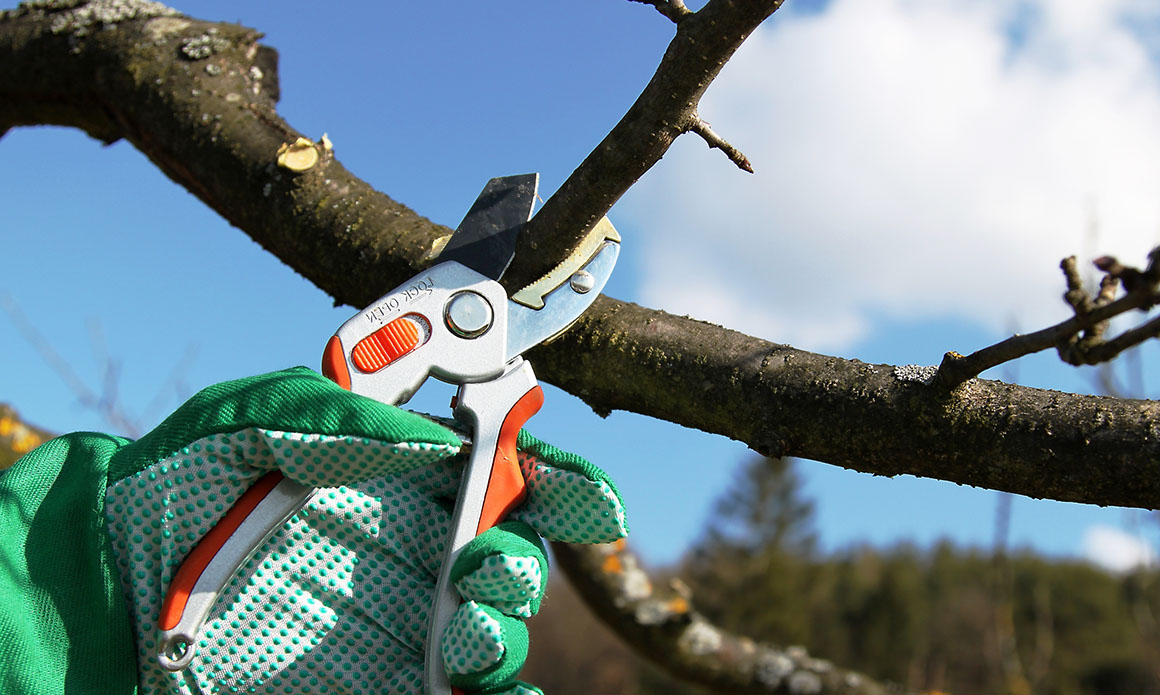
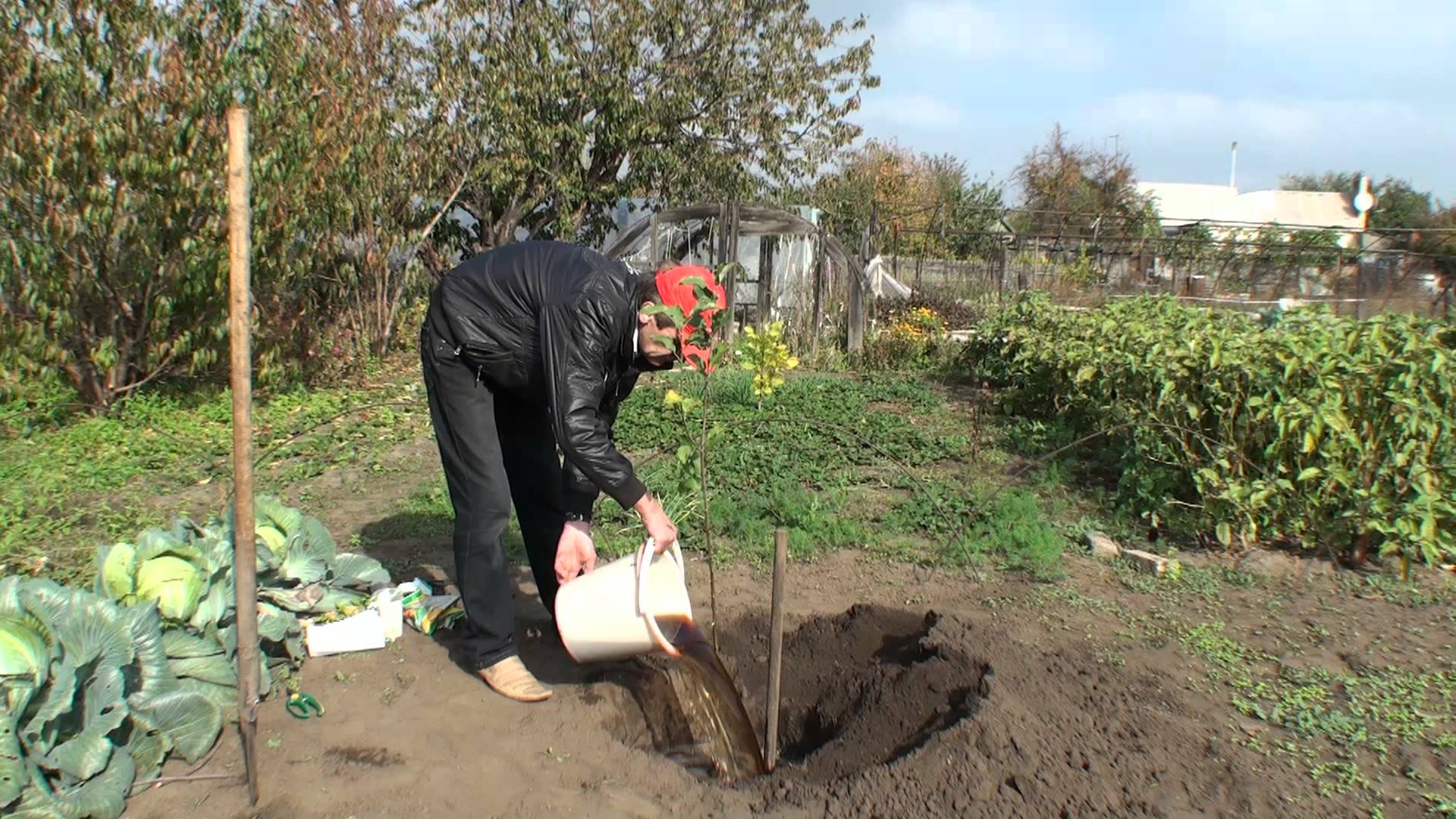
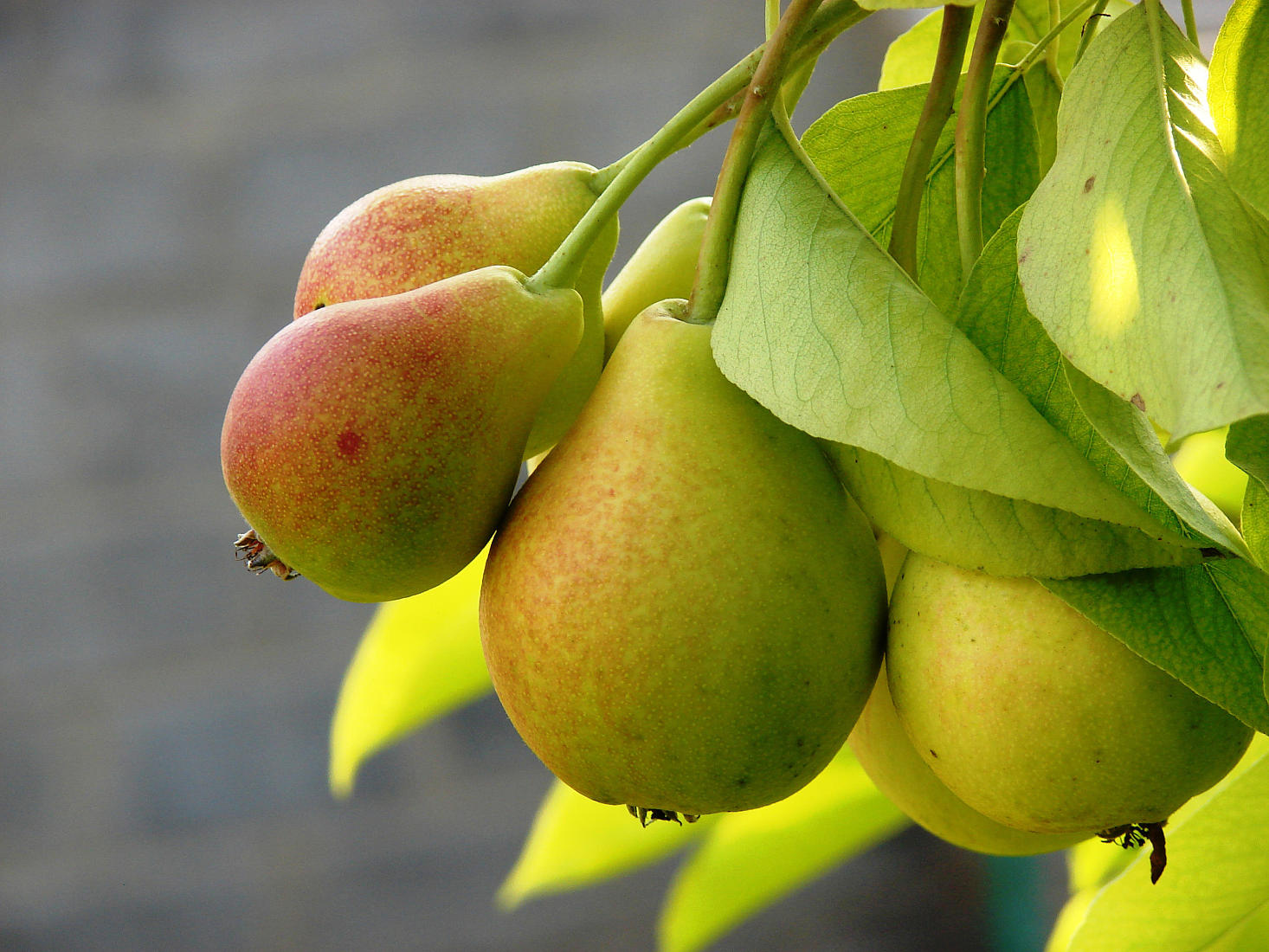 Pear "Noyabrskaya" winter: variety description
Pear "Noyabrskaya" winter: variety description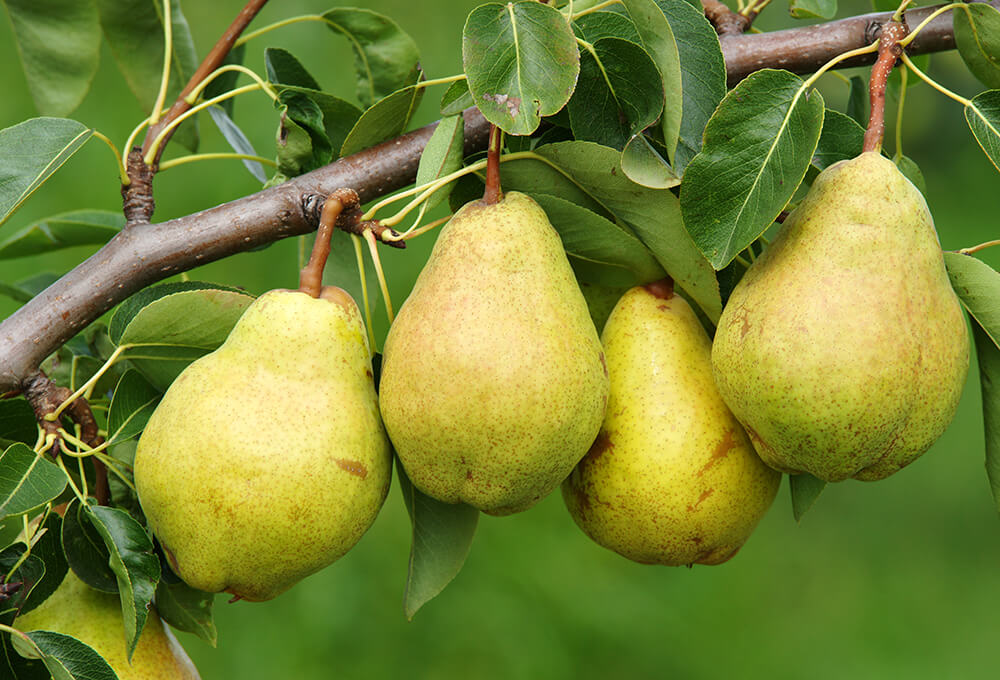 Now we know the reasons and what to do if the pear drops its fruit ovary
Now we know the reasons and what to do if the pear drops its fruit ovary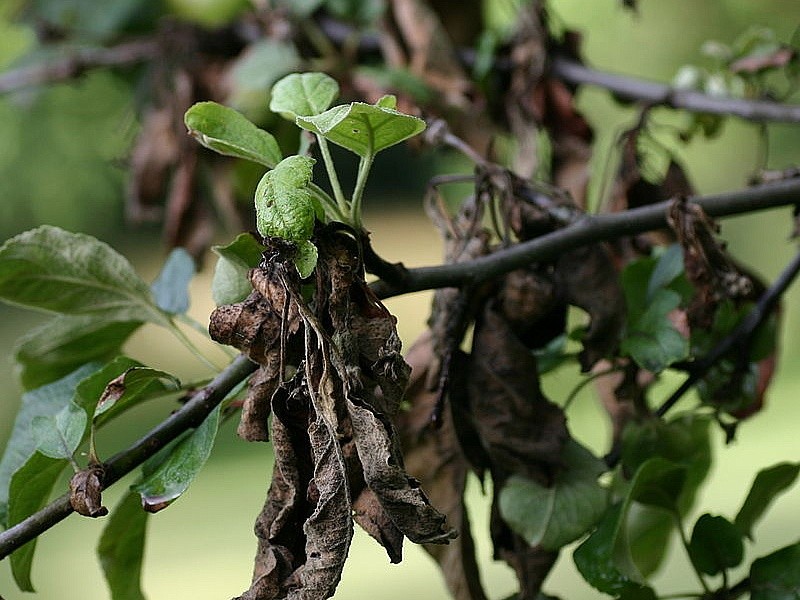 This drug from the pharmacy will help to cure the blackening and curling of foliage in a pear.
This drug from the pharmacy will help to cure the blackening and curling of foliage in a pear.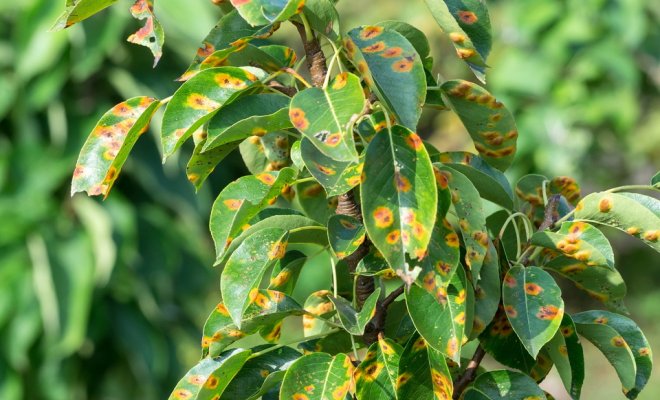 Are orange spots on pear leaves a disease? How to treat?
Are orange spots on pear leaves a disease? How to treat?